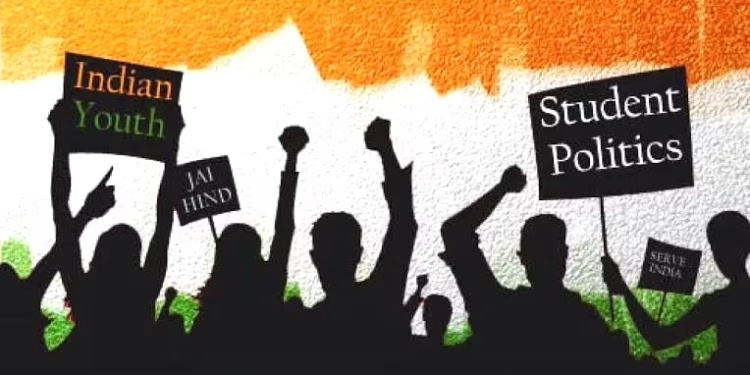India is one of the youngest nations in the world, with over 65% of its population under the age of 35. But until recently, this youth power remained mostly underrepresented in Indian politics. In 2025, the tide is clearly shifting — young Indians are no longer just voters or protestors. They are becoming leaders, lawmakers, and change-makers.
🗳️ Why the Youth Matters in Indian Politics
- 140+ million first-time voters are expected to participate in the 2024–2029 election cycle.
- Issues like unemployment, education, climate change, mental health, and freedom of expression dominate youth concerns.
- Social media has empowered youth to build movements, question authority, and engage politically like never before.
🔥 What’s Driving Youth Entry into Politics?
- Digital Revolution
Platforms like Instagram, X (Twitter), and YouTube give young leaders a voice beyond party structures. - Student Activism & Campus Politics
Universities like JNU, BHU, and DU remain hotbeds for political debate and grooming ground for leaders. - Disillusionment with Traditional Politics
Many youths feel older politicians are out of touch with their realities, creating space for fresh voices. - Party Youth Wings and New Platforms
Parties like AAP, Congress, and even BJP are pushing youth faces. Non-traditional platforms like Swaraj India, YSRTP, or RJD also promote youth.
🧑⚖️ Notable Young Political Leaders (2025)
| Leader | Party | Age | Position |
|---|---|---|---|
| Tejasvi Surya | BJP | 34 | MP, Bengaluru South |
| Kanhaiya Kumar | Congress | 37 | Star Campaigner |
| Raghav Chadha | AAP | 36 | Strategist, Rajya Sabha MP |
| Priyanka Chaturvedi | Shiv Sena (UBT) | 44 | RS MP |
| Hardik Patel | BJP | 31 | Youth voice from Gujarat |
| YS Sharmila | YSRTP | 49 | Andhra youth leader |
| Reshma Patel | Youth Activist | 28 | Independent |
🧠 Youth Impact: More Than Just Voting
- Protests & Movements: From anti-CAA protests to environmental campaigns, youth have shaped national narratives.
- Startup Mindset in Politics: Young leaders bring entrepreneurial ideas to governance — using apps, data, transparency tools.
- Community Building: Youth-led NGOs, campaigns, and digital forums are fostering civic awareness at the grassroots.
⚠️ Challenges for Youth in Politics
- Dynasty Politics & Gatekeeping: Many parties still prefer family legacies over merit.
- Financial Hurdles: Campaigning is expensive; young independents struggle without sponsors.
- Trolling & Online Harassment: Vocal young leaders, especially women, face abuse and threats on social media.
🌟 The Road Ahead: A Youth-Led Democracy?
If given support, India could witness a new era of political leadership:
- Transparent and tech-savvy
- Inclusive and socially aware
- Environmentally conscious and progressive
To achieve this, India needs political reforms, mentorship systems, and youth reservation in party tickets and local bodies.
📌 Conclusion
India’s youth is not just the future — it’s the present of Indian politics. Their rise marks a shift towards a more engaged, educated, and issue-focused democracy. Whether from streets, campuses, or social media — the young voice is getting louder, and it’s reshaping Indian politics forever.
































































